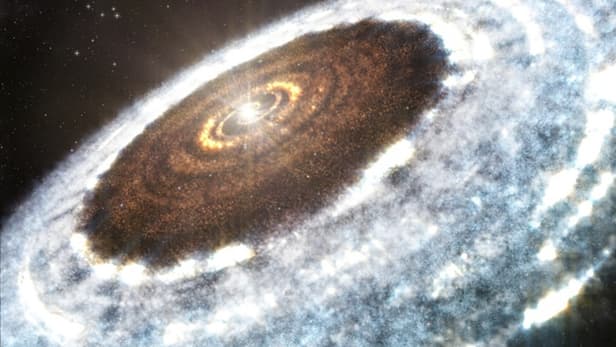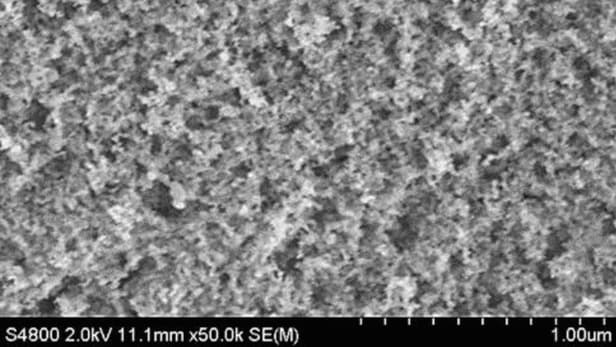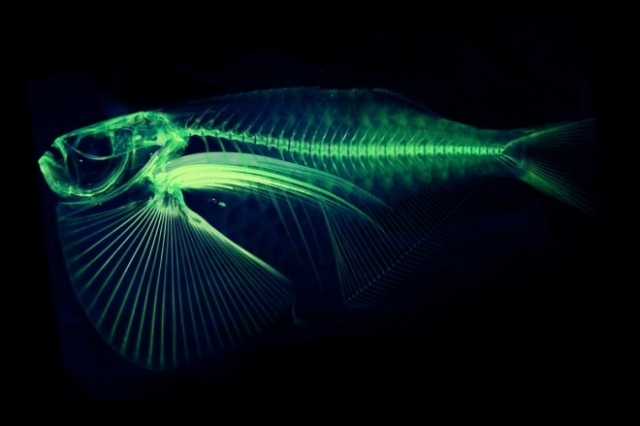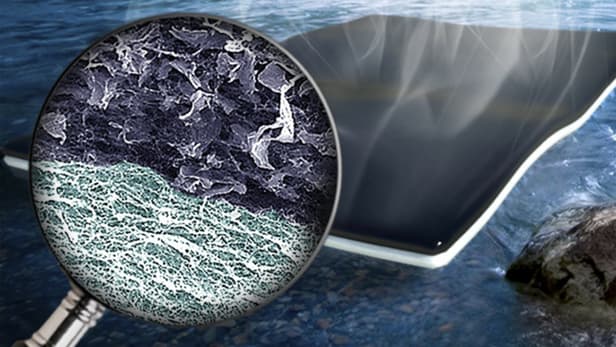You’ve likely heard of snow lines here on Earth. They’re the places on mountains above which there is an eternal blanket of the white stuff. But newly forming stars have a snow line too. It’s the line where water vapor gets far enough from the heat of the star to form ice crystals around dust particles, and we usually can’t see it, even with our most powerful telescopes. Thanks to one particular stellar outburst however, the line was pushed about 13 times farther out than usual, allowing the Atacama Large Millimeter/submillimeter Array (ALMA) to pick it up.

An artist’s impression of what the water snow line would look like
ALMA – an array of 66 radio telescopes in Chile – picked up the snow line around the star known as V883 Orionis. This relatively young sun can be seen from Earth in the constellation Orion and is approximately 1,350 light years away. While only 30 percent larger than our Sun, V883 Orionis has recently begun to appear 400 times more luminous to observers here on Earth – and it’s also gotten much hotter. This has happened because debris from what’s known as the protoplanetary disc – the swirling band of gas and dust surrounding a young star – has fallen onto the star’s surface. It’s kind of like throwing a bunch of dry leaves on a campfire. Read more






